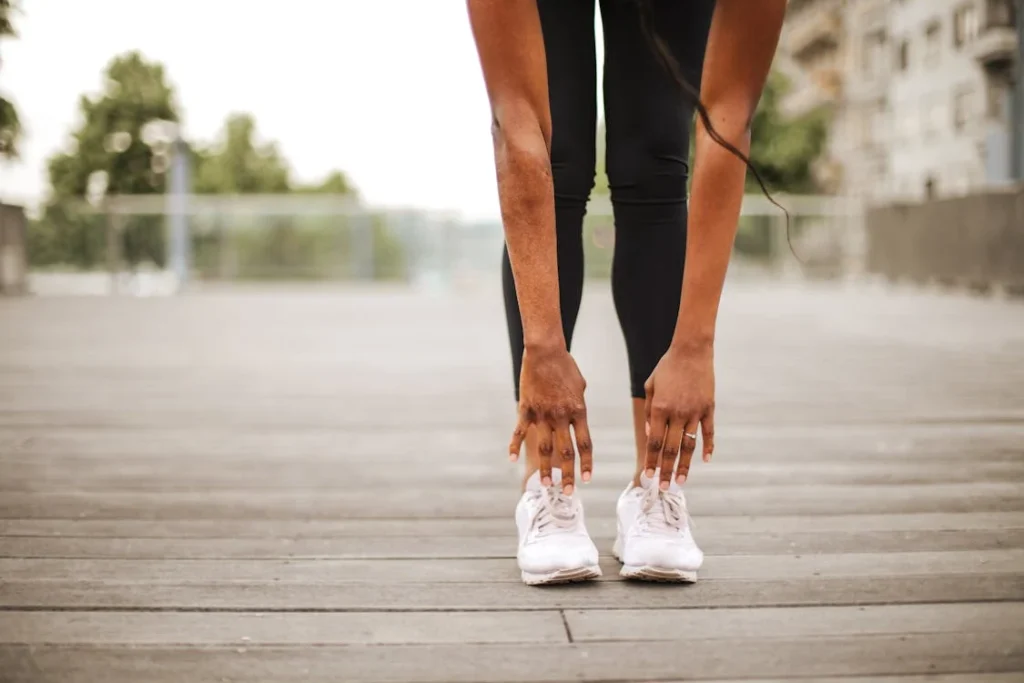For the past decades, research on physical activity has suggested ubiquitous health benefits. The most known benefits relate to cardiovascular health, but recent findings paint a picture that suggests the long-term benefits of being physically active for brain health.
As a heuristic, you may remember the sentence ‘What’s Good for Your Heart is Good for Your Brain’. As such, you can think of your body much like you would of a machine. In that machine, your brain is taking over steering of tasks such as thinking or inhibition, but also planning and executing motor functions.
Of course, your brain relies on potent fuel and intact piping to perform optimally. You may consider blood the fuel of choice. Much like octane gradings in regular fuel, a high saturation with oxygen is appreciable. Moreover, you may consider your blood vessels the piping, and thus already understand that optimal pressure levels are at the core of a well- and long-functioning system.
Researchers agree on the benefits of physical activity for brain health
Physical activity is one of the most effective means of maintaining and improving your heart and as a result, brain health. But fear not, it is not necessary to go to the gym every other day, or to run marathons. Much rather, the WHO recommendations suggest 150 to 300 minutes of moderate-intensity aerobic physical activity a week.
While that number might sound like a lot, physical activity means every possible way in which you move your body through your own power. This includes sports during leisure time, cycling, or even just walking.
As such, one way to start indulging in a physically more active lifestyle may be to pay attention to the time you spend sitting throughout the day. You may even be able to optimise your working space with a standing desk or deliberately take your coffee break with colleagues standing at a desk.
Further, you may identify specific, regular commutes that you have to do and realise ways you can pursue them more actively. For example, you may deliberately take the stairs when you are on your way to meetings or start to exploit the distance to the copier as one means of upping your activity meter.
There are manifold ways to start. It is noteworthy that the WHO does not restrict its recommendations to aerobic exercise but also favours muscle-strengthening activities.
No matter if you are starting to become more active, or perhaps already have quite an active lifestyle, the recommendations may be fulfilled at every level of skill, expertise, and enjoyment.
Help yourself get going
To help yourself get going, you may start to sketch out not only what you want to achieve but be very precise about quantities and timing, e.g., being active and taking a 30-minute walk every other day after work. That is already a much more precise and thus reachable goal compared to ‘I want to be more active’.
Perhaps most important when thinking about bolstering your activity times is how to integrate that into your everyday life to maintain the changes you favor. To help yourself observe how you are doing and prevent yourself from falling into old habits, you can start thinking about what may hold you back from pursuing these goals.
Setting implementation intentions
Previous research on goal setting suggests that implementation intentions may be the way to tackle potential barriers. As an example, you may only enjoy walking if the sun is still up. As a backup plan, you could extend your intention to an implementation intention, by starting to think of if-then conditions.
As an example, you could extend your previous sentence like this: ‘I want to take a 30-minute walk every other day after work; if the weather forecast suggests the sun is down before I am out of work, I’ll go in the morning instead.
To conclude very briefly, every minute counts, and every means you may choose to up your activities is an achievement towards improving your brain health!
Interested in learning more about the links between physical activity and your brain health? Explore the GetBrainHealthy tool here.




